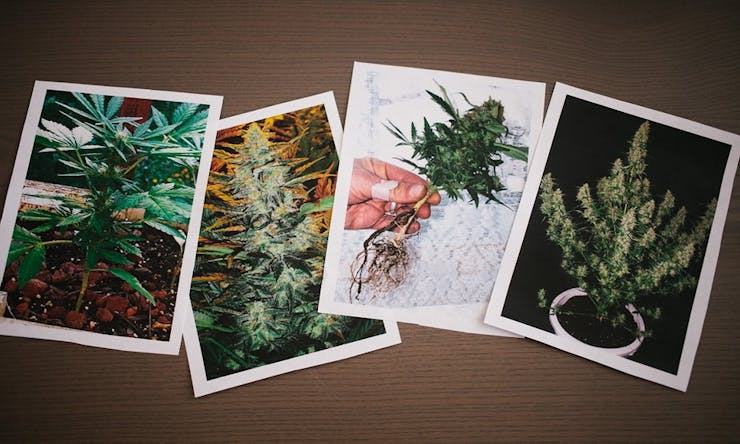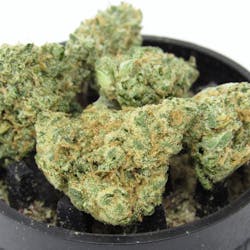You may already know the differences between indica and sativa varieties of cannabis, but have you heard of cannabis ruderalis? According to Jorge Cervantes, grow guru and author of The Cannabis Encyclopedia, “Botanists disagree as to whether c. ruderalis qualifies as a separate species or subspecies.” So, to answer some of the questions we receive about cannabis ruderalis and autoflowering genetics, Leafly has put together a quick background on this lesser-known classification of cannabis strains.
The Origin of Cannabis Ruderalis
The term ruderalis stems from the root word ruderal. In the plant world, a ruderal species is one that grows in spite of its environment being inhabited by humans or being otherwise affected by naturally occurring disturbances to the area. Many believe ruderalis to be a descendant of indica genetics that adjusted to the harsh climates and the shorter growing seasons of the northern regions where it originates. Cannabis ruderalis is native to areas in Asia, Central/Eastern Europe, and specifically Russia, where botanists used the term “ruderalis” to classify the breeds of hemp plant that had escaped from human and cultivation, adapting to the extreme environments found in these climates.
Originally, cannabis ruderalis was considered a wild breed of cannabis. However, in recent years it has been brought indoors to influence new hybrid varieties.

Properties of Cannabis Ruderalis
Cannabis ruderalis is a short and stalky plant, especially when compared to its sativa and indica counterparts. It typically sits between 1 and 2.5 feet tall at harvest, with a rugged and shaggy growth pattern that produces wide leaflets that express themselves in a light green hue. The buds from the ruderalis plant tend to be small but still relatively chunky, and are supported by the sturdy, thick stems.
What really sets ruderalis apart is its flowering cycle that is induced according to its maturity instead of being activated by the photoperiod like indica and sativa varieties. Modern ruderalis hybrids usually begin to flower between 21 and 30 days after the seeds have been planted, regardless of the light cycle. This is why most ruderalis hybrids are attributed as “autoflowering” strains.


Effects of Cannabis Ruderalis
The effects of cannabis ruderalis alone are minimized by its naturally low concentrations of THC. However, the stability and short lifecycle make ruderalis versatile and attractive to breeders who want to take advantage of its autoflowering trait. Ruderalis genes offer the ability for breeders to create an autoflowering hybrid with the advanced potency and flavor profile from its genetic partner.
The information and photos in this article are provided by Jorge Cervantes, author of The Cannabis Encyclopedia and MarijuanaGrowing.com.





